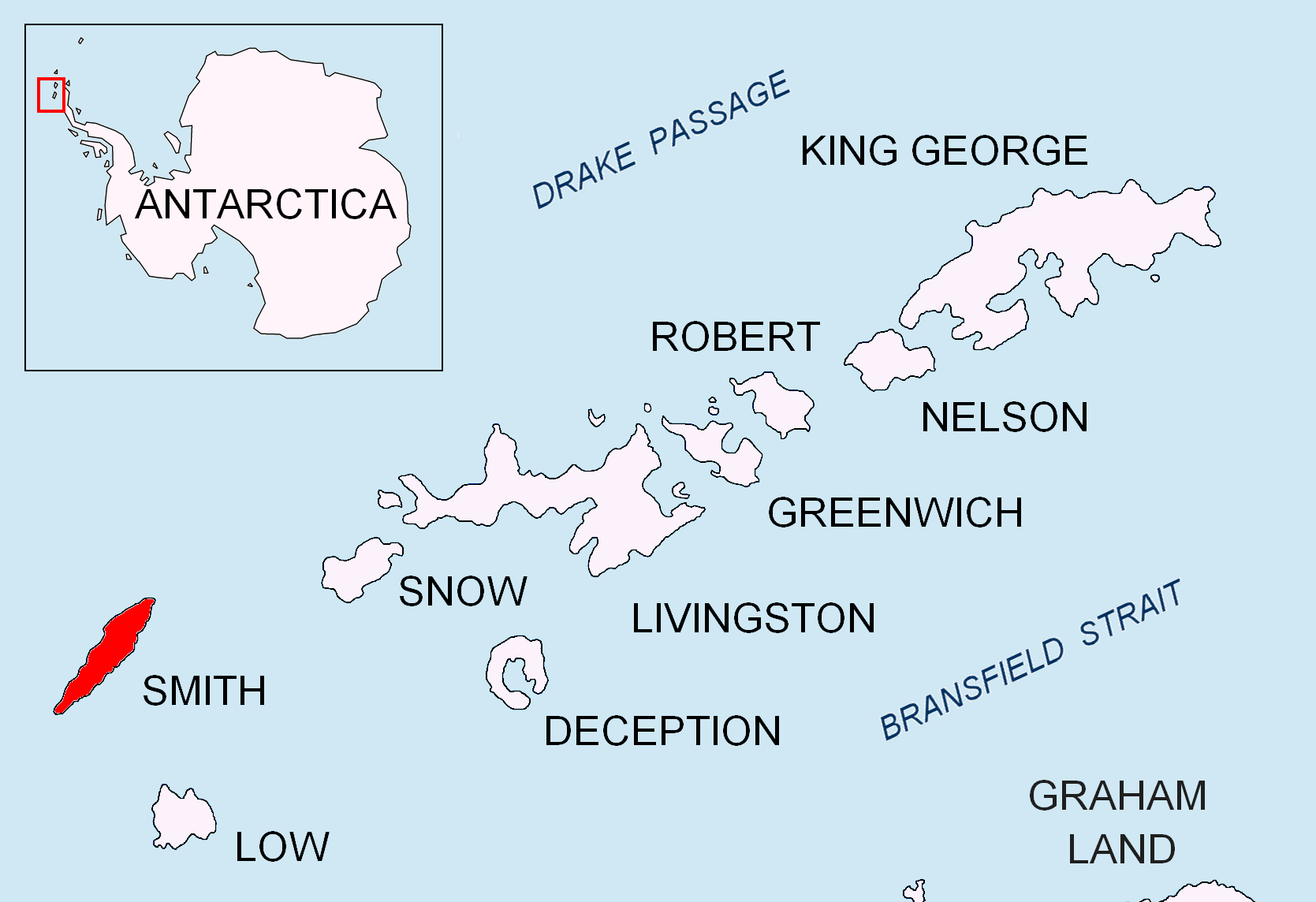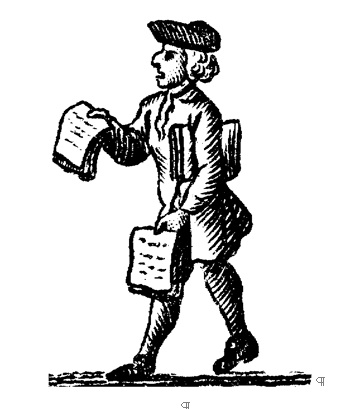|
Slaveykov Peak
Slaveykov Peak ( bg, Славейков Връх, Slaveykov vrah, ) () is the sharp peak rising to 1760 m in Imeon Range on Smith Island in the South Shetland Islands, Antarctica. The feature is situated 2 km southwest of the summit Mount Foster, to which it is linked by Zavet Saddle, 1.12 km north-northeast of Neofit Peak, 2.4 km east of Lakatnik Point and 3.45 km northwest of Ivan Asen Point. Overlooking Armira Glacier to the southeast and Bistra Glacier to the north. Bulgarian mapping in 2009. The peak is named after the prominent Bulgarian poet and pamphleteer Petko Slaveykov (1827–1895). See also * Imeon Range * List of Bulgarian toponyms in Antarctica MapsChart of South Shetland including Coronation Island, &c.from the exploration of the sloop Dove in the years 1821 and 1822 by George Powell Commander of the same. Scale ca. 1:200000. London: Laurie, 1822. * L.L. Ivanov. Antarctica: Livingston Island and Greenwich, Robert, Snow ... [...More Info...] [...Related Items...] OR: [Wikipedia] [Google] [Baidu] |
Bistra Glacier
Bistra Glacier ( bg, ледник Бистра, lednik Bistra, ) is long and wide glacier on the northwest side of Imeon Range on Smith Island in the South Shetland Islands, Antarctica. It is situated southwest of Chuprene Glacier and northwest of Dragoman Glacier, drains the west slopes of Mount Foster and the north slopes of Slaveykov Peak, and flows northwestwards of Zavet Saddle to enter Drake Passage south of Garmen Point. The glacier is named after the settlements of Bistra in northeastern Bulgaria. Location Bistra Glacier is located at . Bulgarian mapping in 2009. See also * List of glaciers in the Antarctic * Glaciology MapsChart of South Shetland including Coronation Island, &c.from the exploration of the sloop Dove in the years 1821 and 1822 by George Powell Commander of the same. Scale ca. 1:200000. London: Laurie, 1822. * L.L. Ivanov. Antarctica: Livingston Island and Greenwich, Robert, Snow and Smith Islands. Scale 1:120000 topographic map. Troy ... [...More Info...] [...Related Items...] OR: [Wikipedia] [Google] [Baidu] |
Antarctic Place-names Commission
The Antarctic Place-names Commission was established by the Bulgarian Antarctic Institute in 1994, and since 2001 has been a body affiliated with the Ministry of Foreign Affairs of Bulgaria. The Commission approves Bulgarian place names in Antarctica, which are formally given by the President of the Republic according to the Bulgarian Constitution (Art. 98) and the established international practice. Bulgarian names in Antarctica Geographical names in Antarctica reflect the history and practice of Antarctic exploration. The nations involved in Antarctic research give new names to nameless geographical features for the purposes of orientation, logistics, and international scientific cooperation. As of 2021, there are some 20,091 named Antarctic geographical features, including 1,601 features with names given by Bulgaria.Bulgarian Antarctic Gaze ... [...More Info...] [...Related Items...] OR: [Wikipedia] [Google] [Baidu] |
Composite Antarctic Gazetteer
The Composite Gazetteer of Antarctica (CGA) of the Scientific Committee on Antarctic Research (SCAR) is the authoritative international gazetteer containing all Antarctic toponyms published in national gazetteers, plus basic information about those names and the relevant geographical features. The Gazetteer includes also parts of the International Hydrographic Organization (IHO) General Bathymetric Chart of the Oceans (GEBCO) gazetteer for under-sea features situated south of 60° south latitude. , the overall content of the CGA amounts to 37,893 geographic names for 19,803 features including some 500 features with two or more entirely different names, contributed by the following sources: {, class="wikitable sortable" ! Country ! Names , - , United States , 13,192 , - , United Kingdom , 5,040 , - , Russia , 4,808 , - , New Zealand , 2,597 , - , Australia , 2,551 , - , Argentina , 2,545 , - , Chile , 1,866 , - , Norway , 1,706 , - , Bulgaria , 1,450 , - ... [...More Info...] [...Related Items...] OR: [Wikipedia] [Google] [Baidu] |
List Of Bulgarian Toponyms In Antarctica
Bulgarian toponyms in Antarctica are approved by the Antarctic Place-names Commission in compliance with its '' Toponymic Guidelines'', and formally given by the President of the Republic according to the Bulgarian Constitution and the established international and Bulgarian practice. Place naming is confined to nameless geographic features situated in the Antarctic Treaty area, the region south of the parallel 60 degrees south latitude. Details of the Bulgarian Antarctic toponyms are published by the websites of the commission and the international Composite Gazetteer of Antarctica maintained by the Scientific Committee on Antarctic Research (SCAR). Alphabetical lists of the relevant place names: * A * B * C * D * E * F * G * H * I * J * K * L * M * N * O * P * Q * R * S * T * U * V * W * Y * Z See also * Antarctic Place-names Commission * Composite Gazetteer of Antarctica * Bulgarian placename etymology External links Bulgarian Antarctic ... [...More Info...] [...Related Items...] OR: [Wikipedia] [Google] [Baidu] |
Petko Slaveykov
Petko Rachov Slaveykov ( bg, Петко Рачов Славейков) (17 November 1827 OS – 1 July 1895 OS ) was a Bulgarian poet, publicist, politician and folklorist. Biography Early years and educational activity Slaveykov was born in Tarnovo to the family of the coppersmith Racho. Slaveykov's great-grandfather's roots were in Yakoruda, Ottoman Macedonia, but later he moved to Tryavna. His grandfather settled afterwards in Tarnovo. His mother, Penka, died during the birth but miraculously, he survived. In the village of his mother, Vishovgrad, Petko saw nightingales (''slavey'' in Bulgarian), which impressed him so much that he decided to change his family name to ''Slaveykov''. Slaveykov studied consecutively in Tarnovo, Dryanovo, Tryavna and the Transfiguration Monastery, and also self-educated himself by reading books in the monastery libraries near Tarnovo. He also read the noted '' Istoriya Slavyanobolgarskaya'' by Paisius of Hilendar, and later studied in ... [...More Info...] [...Related Items...] OR: [Wikipedia] [Google] [Baidu] |
Pamphleteer
Pamphleteer is a historical term for someone who creates or distributes pamphlets, unbound (and therefore inexpensive) booklets intended for wide circulation. Context Pamphlets were used to broadcast the writer's opinions: to articulate a political ideology, for example, or to encourage people to vote for a particular politician. Early modern news pamphlets also made extensive use of stock imagery to describe, highlight, or criticize various social and cultural events and issues. During times of political unrest, such as the French Revolution, pamphleteers were highly active in attempting to shape public opinion. Before the advent of telecommunications, those with access to a printing press and a supply of paper often used pamphlets to widely disseminate their ideas. Famous pamphleteers Thomas Paine's pamphlets were influential in the history of the American Revolutionary War.James A. Henretta et al. (2011). America's History, Volume 1: To 1877. Macmillan. p. 165. . 17th-cen ... [...More Info...] [...Related Items...] OR: [Wikipedia] [Google] [Baidu] |
Poet
A poet is a person who studies and creates poetry. Poets may describe themselves as such or be described as such by others. A poet may simply be the creator ( thinker, songwriter, writer, or author) who creates (composes) poems ( oral or written), or they may also perform their art to an audience. The work of a poet is essentially one of communication, expressing ideas either in a literal sense (such as communicating about a specific event or place) or metaphorically. Poets have existed since prehistory, in nearly all languages, and have produced works that vary greatly in different cultures and periods. Throughout each civilization and language, poets have used various styles that have changed over time, resulting in countless poets as diverse as the literature that (since the advent of writing systems) they have produced. History In Ancient Rome, professional poets were generally sponsored by patrons, wealthy supporters including nobility and military officials. F ... [...More Info...] [...Related Items...] OR: [Wikipedia] [Google] [Baidu] |
Bulgaria
Bulgaria (; bg, България, Bǎlgariya), officially the Republic of Bulgaria,, ) is a country in Southeast Europe. It is situated on the eastern flank of the Balkans, and is bordered by Romania to the north, Serbia and North Macedonia to the west, Greece and Turkey to the south, and the Black Sea to the east. Bulgaria covers a territory of , and is the sixteenth-largest country in Europe. Sofia is the nation's capital and largest city; other major cities are Plovdiv, Varna and Burgas. One of the earliest societies in the lands of modern-day Bulgaria was the Neolithic Karanovo culture, which dates back to 6,500 BC. In the 6th to 3rd century BC the region was a battleground for ancient Thracians, Persians, Celts and Macedonians; stability came when the Roman Empire conquered the region in AD 45. After the Roman state splintered, tribal invasions in the region resumed. Around the 6th century, these territories were settled by the early Slavs. The Bulg ... [...More Info...] [...Related Items...] OR: [Wikipedia] [Google] [Baidu] |
Armira Glacier
Armira Glacier ( bg, ледник Армира, lednik Armira, ) is a long glacier on Smith Island in the South Shetland Islands, Antarctica draining the southeast slopes of Imeon Range southeast of Slaveykov Peak and east of Neofit Peak. It is situated southwest of Dragoman Glacier and northeast of Gramada Glacier, and flows southeastward into Yarebitsa Cove on Osmar Strait. Bulgarian early mapping in 2009. The glacier is named after Armira River in southeastern Bulgaria. See also * List of glaciers in the Antarctic * Glaciology MapsChart of South Shetland including Coronation Island, &c.from the exploration of the sloop Dove in the years 1821 and 1822 by George Powell Commander of the same. Scale ca. 1:200000. London: Laurie, 1822. * L.L. Ivanov. Antarctica: Livingston Island and Greenwich, Robert, Snow and Smith Islands. Scale 1:120000 topographic map. Troyan: Manfred Wörner Foundation, 2010. (First edition 2009. ) South Shetland Islands: Smith and Low Islands.Sc ... [...More Info...] [...Related Items...] OR: [Wikipedia] [Google] [Baidu] |





